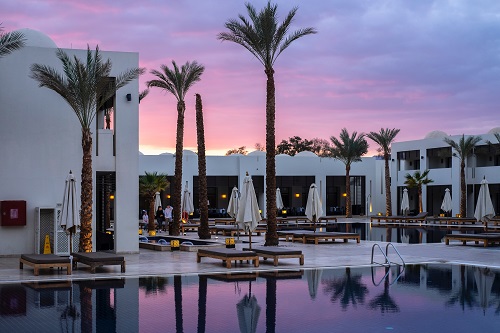Travellers prefer inclusive brands | WARC | The Feed
The Feed
Read daily effectiveness insights and the latest marketing news, curated by WARC’s editors.
You didn’t return any results. Please clear your filters.

Travellers prefer inclusive brands
Seven in ten consumers would be willing to pay more on travel options that emphasise inclusivity and make efforts toward universal accessibility in their practices, according to a report.
Why it matters
Accessibility, inclusivity, respectful language and an ethos of inclusion are all factors that many consumers now consider when choosing between different products and services. Marketers thus need to ensure they embody these principles in authentic ways across their operations.
Takeaways
Expedia Group Media Solutions, a unit of the digital travel platform, surveyed 11,000 adults across 11 markets – including Australia, Brazil, Canada, China, France, Germany, India, Japan, Mexico, the UK and US – in partnership with Wakefield Research. Its analysis found:
- Ninety-two percent of survey participants agreed it is important for travel companies to provide accessible options to travellers.
- Seventy-eight percent of respondents reported having made a travel decision after seeing themselves represented in advertising.
- Seven in ten respondents said that they would choose a more expensive hotel, destination or mode of transport if it was more inclusive to all.
- Almost two-thirds of respondents are interested in learning more about travel options that support local businesses and communities.
The big idea
“Our findings show that consumers today are paying close attention to whether travel brands are authentically demonstrating a commitment to inclusion, diversity, and accessibility” – Jenn McCarthy, Senior Director of Brand Marketing, Expedia Group Media Solutions.
Sourced from Hospitality Net
Email this content
